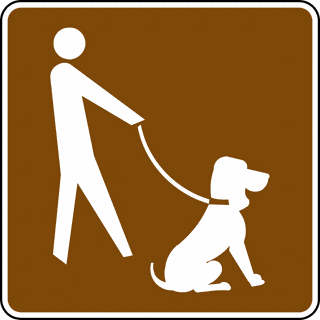Virginia Agricultural Education
Centers of Innovation
Animal Systems Lessons

This lesson builds on literacy skills as students learn the differences between drug labels and medicated feed tags. Students identify key information from the tag and relate that information to government regulations concerning storage of medicated feeds and control of bovine spongiform encephalopathy (BSE, aka mad cow disease). Students will also be introduced to the Veterinary Directive and the importance of the new strict regulations surrounding medicated feed for livestock.

Injection site technique is a critical skill for the Beef Quality Assurance (BQA) trained professional. When training producers and students, it is imperative that options for the routes for drug administration are understood. The physical processes of administering the vaccines, proper tool choice, needle storage, use, disposable, drug withdrawal times and how to reference key points on medication labels are also essential BQA skills and knowledge. This lesson will familiarize students with the subcutaneous injection technique and allow students to practice essential math literacy skills associated with determining drug dosages based on reading medication labels in field situations.

This lesson will help improve the literacy skills of students as they read drug labels. Students must be able to correctly identify key statements in order to correctly administer the medication in the approved manner. They must also be able to keep legal records of these administrations as required by current laws. Understanding proper techniques will also keep quality practices in storage and handling at the forefront of their minds as they apply techniques to various types of medications including MLVs.

Learning about the importance of good housing for animals is essential in an animal science class. These lessons have students learn about the different areas of concern when it comes to animal housing and then put that information into action. Students will develop a checklist to evaluate the barn and use it to make recommendations for repairs and improvements that will make for better housing conditions for the animals housed in our barn.

This is the introductory lesson for the unit on safety and sanitation in veterinary science. Students will learn much needed vocabulary and be introduced to Material Safety Data Sheets and the importance of safety measures in a veterinary office. The strategy used for the vocabulary in this lesson is the LINCS vocabulary strategy. Feel free to use any strategy that you feel comfortable with.

Day 2 of Safety & Sanitation in Veterinary Science. This lesson will allow students to revisit the introduction to MSDS (Material Safety Data Sheet) from the first day of the unit. Students will find products in the classroom or lab that require MSDS information. Find the information for each product they find and collect it in a “Right to Know” binder to be kept in the classroom for quick reference as needed.

Day 3 and 4 of Saftey & Sanitation in Veterinary Science. Students will be introduced to some of the more graphic instances of hazardous situations in a veterinary office. Zoonotic diseases then take the center stage of this lesson. After a brief introduction, students will work with partners to learn about a zoonotic disease and present the information to the class. Feel free to add to the list of diseases listed. Student representations are usually very interesting on this topic. Encourage them to use pictures in their presentations and to investigate the diseases to see how wide spread they are (local, regional, national, international.)

This lesson will introduce students to the concept of consumer confidence in the beef industry and the Beef Quality Assurance (BQA) program and protocols. Students will watch a video tutorial on proper injection protocols and procedures. A video on livestock handling and management at slaughter will provide information about proper handling and humane slaughter practices. Practical practice in calculating shrinkage due to stress is also included in this lesson.
Several FFA links can be made through the lesson as well. Students can use this information in:
- SAE’s (Livestock/Beef Production or Veterinary Science)
- Career development events (Livestock Judging, Cattle Handling, Veterinary Science, Stockman’s, Meats Judging, Public Speaking, Marketing Plan, Ag Sales)
- Agricultural Literacy Programs (Food for America)
Challenge your members to incorporate one of these events into their chapter Program of Activities!

This lesson works into Chapter 2 of the Beef Quality Assurance manual. Chapter 2 covers proper vaccination and drug practices. For this short lesson we focused on the consequences of improper handling and vaccination techniques. We discuss this from the consumer point of view as well as the producer perspective.